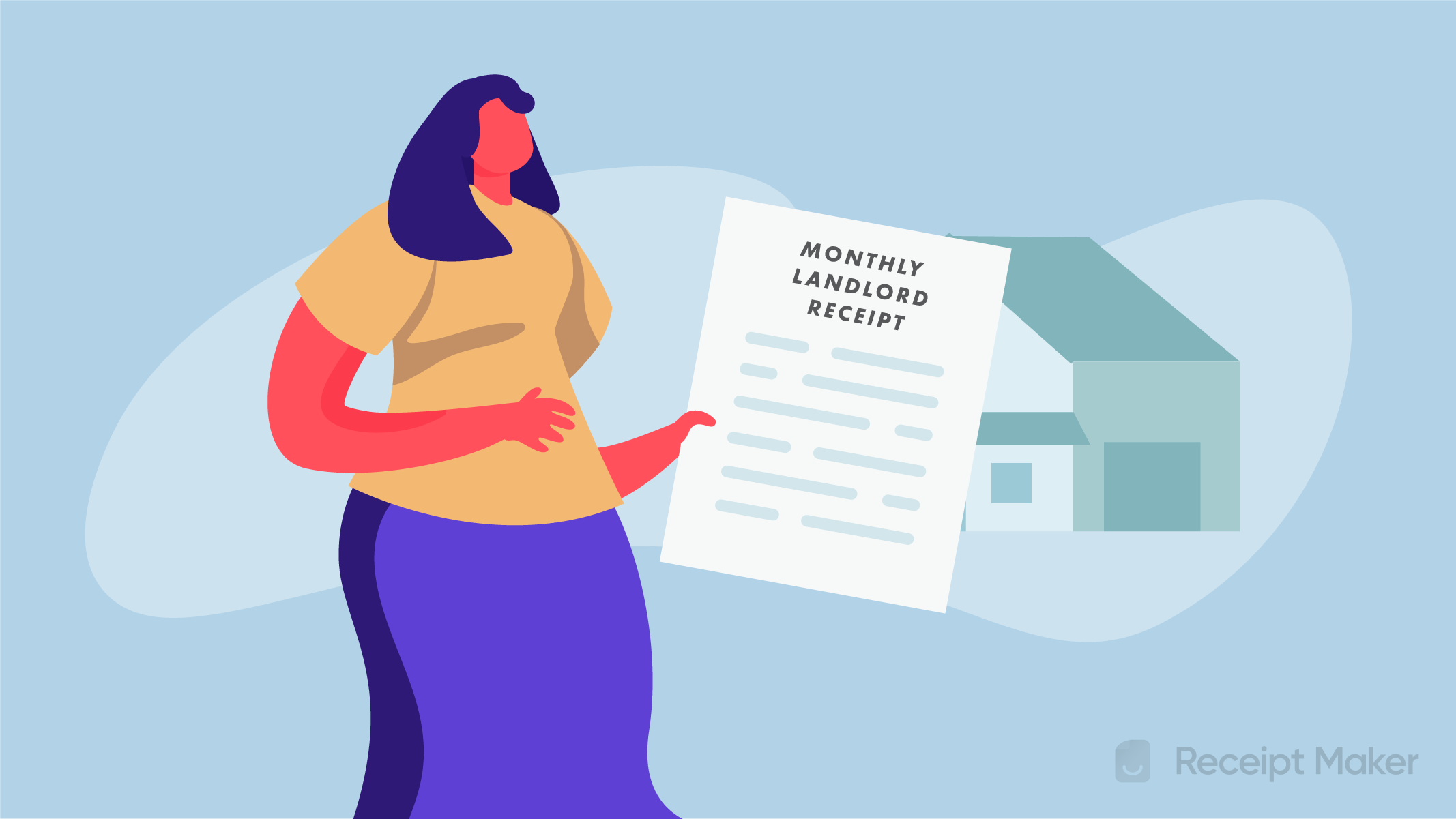A monthly (landlord) receipt documents a tenant’s monthly rent payment to their landlord for the rental property they occupy. It’s also known as a rent remittance voucher or rent payment slip. This receipt applies to both commercial and residential rental properties.
Landlords use them to maintain financial records and avoid payment disputes. Tenants use them to build credit, claim tax deductions, and maintain financial records.
Rent Payment Methods
Landlords use two primary methods to accept rent payments: physical and web (online). Each method has its advantages and disadvantages.
Physical
Some landlords like to accept payments directly from the tenant, which can come in the form of cash, personal checks, or money orders. Accepting personal checks does come with some risk, as there is no guarantee the check will cash out in full when deposited.
When a tenant pays rent in person, landlords should issue a receipt on the spot. When a tenant mails a rent payment, landlords should make arrangements with the tenant to either mail physical receipts or email electronic ones.
Online
Other landlords like to utilize internet rent payment software. This option saves time and money typically used to process rent payments by hand. It also provides a higher level of convenience for both landlords and tenants. Some software and websites even offer background checks and credit reports for free.
Suppose a chosen software doesn’t automatically email a receipt to the tenant. In that case, landlords can email the receipts themselves or print them and mail a hard copy to the tenant at the rental property.
Some of the most common programs used to send rent payments electronically are:
- PayPal;
- PayYourRent;
- Zelle; and
- Zillow Rental Manager.
What to Include
- Landlord name, address, phone number, email address, and signature;
- Late fees (if applicable);
- Outstanding balance (if applicable);
- Payment method (cash, check, credit card, money order, other);
- Rent amount due;
- Rent amount received;
- Rental period;
- Rental property address and unit number (if applicable);
- Tenant name, address, phone number, email address, and signature; and
- Transaction date.

